Sebastian Kienle On His 2019 Equipment Changes
I have sympathy for the cynical view that pro athletes choose their equipment based on the size of the check. In fact I hold that view myself. When I talk to pros, the lack of technical knowledge, or the incapacity to explain their equipment choice, betrays the truth.
Then there’s Sebastian Kienle, who is always an illuminating interview because he’s one of the pros who really knows his equipment. If I was still in the business of making products he’d by my first phone call, because he’s multilingual, knowledgeable, rides the heck out of the bike, finishes high, and understands equipment. He’s good enough to get the check from anyone, so, he’s in a position to choose sponsors based on performance.
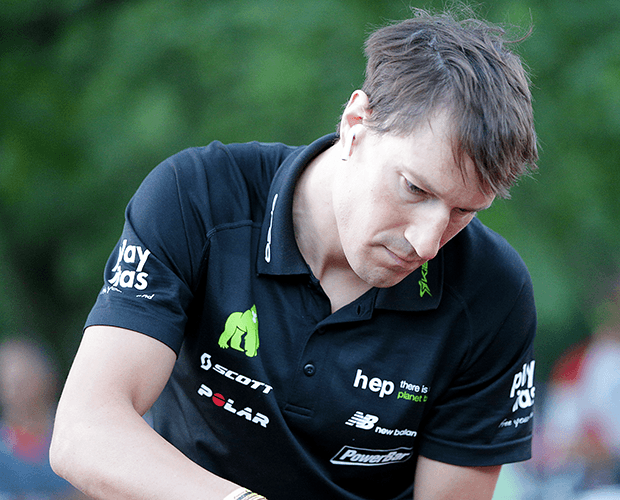
I don’t make it a secret that I have a particular fondness for Profile Design’s aerobars (Sebastian rides the Aeria Ultimate), and Speedplay’s pedals. Sebastian made some high profile equipment decisions this year, SRAM AXS 1x, road tubeless, and I thought this would be a good time to see how his experiments are working. After his second-place finish to Jan Frodeno at Ironman Frankfurt I thought he’d be in a position to answer questions. I tracked him down at a training camp, and here’s what he said.
SLOWTWITCH: Nice race. Chapeau. I’m hoping you’re recovering and that this would be a good time to talk to you.
SEBASTIAN KIENLE: Always a pleasure to answer questions from somebody who knows a thing or two.
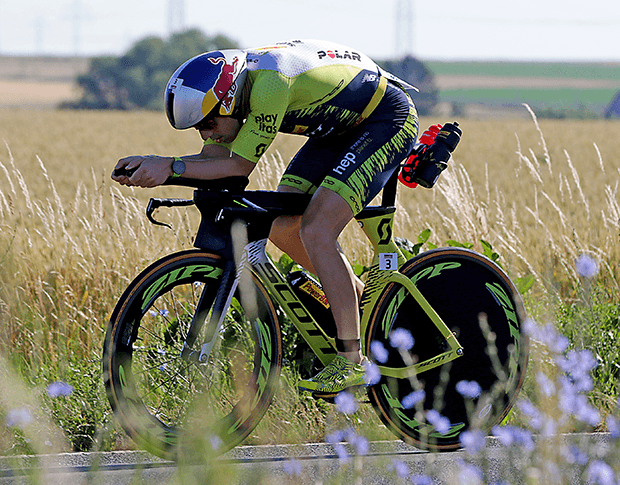
ST: I’m wagering that road tubeless is the future for the sorts of bikes we ride. I have my idea why it’s the future for road riders, and the current answer for triathletes, but I don’t want to “lead the witness,” so, can you tell us why you switched to road tubeless?
SK: There are two [reasons]. First, if you compare two tires, a clincher with a butyl tube and a tubeless with 75ml of sealant – which are the same when it comes to compound and weight – the tubeless tire has a better puncture resistance. [The lack of a] tube means a very low chance of pinch flats. Sealant seals most real world flats. At the same time the rolling resistance is lower because of the lack of a tube. It’s almost impossible to improve rolling resistance and puncture protection at the same time.
Secondly, now you can use that extra bit of puncture resistance and reduce the size of the breaker, therefore the rolling resistance is lower so you can go even more extreme with a tire. In addition, on a very hilly course you can skip the replacement tube and save some weight. There are more benefits, like better comfort or grip because you can ride the tire with a lower pressure.
ST: You said one can “reduce the size of the breaker.” Explain what you mean by “breaker.”
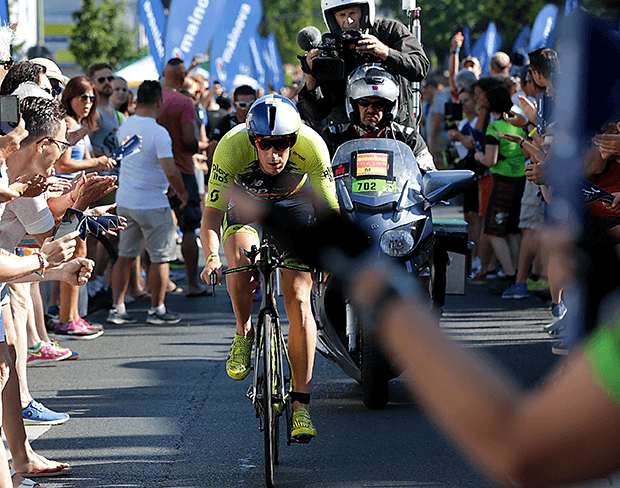
SK: The breaker is the main barrier for glass and thorns; it is often made out of Vectran, Aramid, or some kind of polyester. You can use different layers, sizes or even – for example, in track tires – leave out the breaker completely. The material, and size of the breaker, has influence on puncture resistance, rolling resistance and how the tire works.
All that said, yes, Patrick Lange and I both had flats in Frankfurt. I knew the risk-reward of this tire and I discussed the tire choice with Schwalbe, my coach, mechanic and yes, also my wife, the weeks before the race. In my case the sealant worked, I lost around 3 bar of pressure but was able to ride to T2 without any real trouble. I don’t know what happened in Patrick’s case. But with production tires and a production rim, I never had any trouble.
ST: I don’t want to get the wrong impression. Do I take it that you have production tires, and that you are also the test case for a tire that’s not available yet? And that the tire you’re racing might be a little faster, but perhaps not quite as flat resistant, as the Pro One production tire?
SK: They were prototype tires. I don’t know whether Schwalbe has plans to make these publicly available. But lower rolling resistance does not necessarily mean less flat resistance. The compound is often more important.
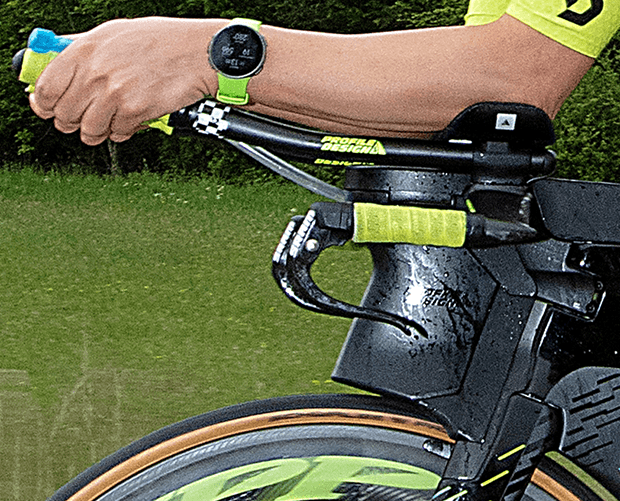
ST: I assume you chose tubeless as a platform before you made the brand decision.
SK: Exactly, first I decided that I switch to tubeless.
ST: You chose Schwalbe over Continental, and for that matter you chose Schwalbe over Zipp, one of your sponsors, and they also make road tubeless tires. Why did you choose Schwalbe over Conti, Zipp and the others?
SK: I decided to go to Schwalbe for that reason [the move to tubeless]. I still think Conti makes great clincher and tubular tires, but Schwalbe has a lot of experience when it comes to tubeless; they committed earlier to road tubeless. I ride my mountain bike every now and then, I switched to tubeless there almost 10 years ago and even back then Schwalbe had a system that worked. Also Schwalbe seems to be very interested in feedback and they have the will to provide us with the best possible solution. They invest a lot in this system.
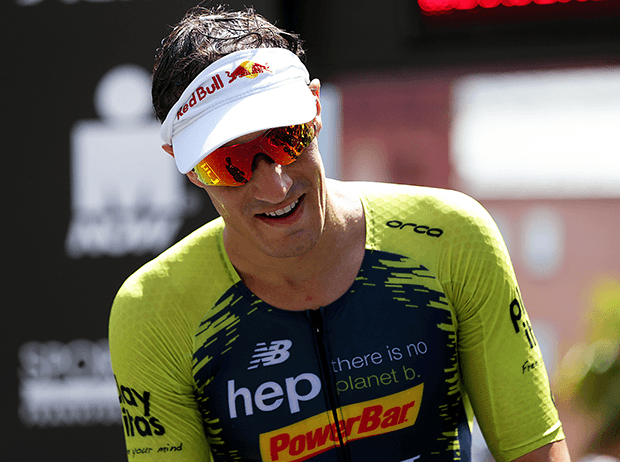
ST: Do you find the Schwalbe tubeless tires easier or harder to mount on the Zipp rims you’re riding than, say, a Conti 4000S II? Or a Conti 5000? Or are they all fairly similar?
SK: A production Pro One is right in the middle between a 4000S II and a 5000 TL [on ease of getting a tire on and off the rim].
ST: I’ve made my view known to Slowtwitchers that pedals are not a commodity, or dumb, or minor component; that their functionality is or should be of first-line consideration. Accordingly, I don’t favor placing the power meter in the medal, unless the power pedal retains the pedal’s necessary functionality. I’ll ask this bluntly: Do you feel the same way I do? Or do you simply ride with your power meter attached to the crankset because that’s where your sponsor places it?
SK: Yes, I feel the same way. First a pedal power meter sounds great, you can easily change it from bike to bike. But it is a sensible measurement system and pedals can take some beating, even on a road bike. Also the power meter and the battery need some space, and I would love to have my pedals as low profile as possible.
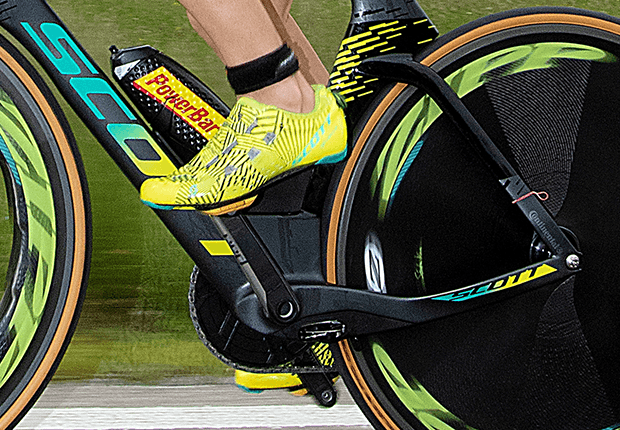
ST: I’m interested in why pros choose the pedals they choose when that pedal is not the source of a large paycheck. Lionel recently switched to Shimano. You’re on Speedplay. I’ve always felt you are thoughtful when making equipment decisions – more so than most of those with whom you compete. Why Speedplay? For you?
SK: I rode pretty much every pedal system out there in the last 20 years. When Speedplay introduced the Zero series I wanted to give them a second try. The system is very adjustable, with different axles – a big advantage in bike fitting – low profile which is great for cornering and aerodynamics, very light and if you have the right shoe or if you are willing to drill holes or let them get drilled you can get the closer to the axle [the lowest possible height of the shoe above the pedal spindle]. The system needs a little bit more maintenance than Shimano, but if you grease the bearings and put a little bit of PTFE spray on the cleats every now and then, they last forever.
ST: Have you experienced any 1x failures-to-perform in your training or racing and if so how did you inoculate yourself against any future occurrences? And are there any races on your schedule where 1x just won’t work for you, or are you going to race 1x in your triathlons all season long?
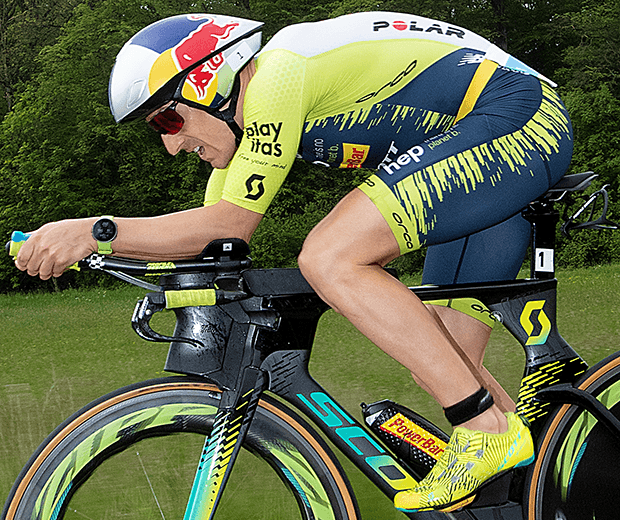
SK: Yes [I’ve had failures to perform], but that was ten years ago, I tried to convert a Shimano groups to 1x myself. With the current system I had no problem whatsoever. I even think this is one of the big benefits of 1x. In triathlon it’s not that important, but cyclocross and MTB I think shifting the front ring under load was the biggest reason for mechanicals in races. First I was skeptical if it would work in all races, but I will race it in every race except one short course race – Heidelbergman – with a ton of climbing.
ST: I’d like to ask you about your saddle. Not just the current one but the type of saddle you ride. Exactly half of all Slowtwitchers ride a snub, split-nose saddle, like an ISM. The other half are on any variety of styles, and about one-quarter of all our readers are either on a snub or traditional version of a single-nose saddle. I think you’re aboard a Syncros Belcarra? Which is a single-nose saddle? And I think you’ve been aboard saddles like this for awhile. Freddie is on that single-nose Prologo, perhaps you were riding a Prologo before this saddle? Do you think there’s a move back toward single nose? Or have men, perhaps more accurately the European men, always chosen single-nose saddles?
SK: I always rode a single nose saddle ‘til the end of last year. I never really tried anything else which was really stupid. Together with Syncros and Gebiomized I did some tests during the offseason. It was an eye opener for me. The new Belcarra TT saddle is a split nose but not as extreme as an ISM. With the old saddle I sometimes had ten shifts per minute, now it is down to maybe one every five minutes. This is a huge advantage. But saddles are just a very individual thing, the most important thing is to try out different things.
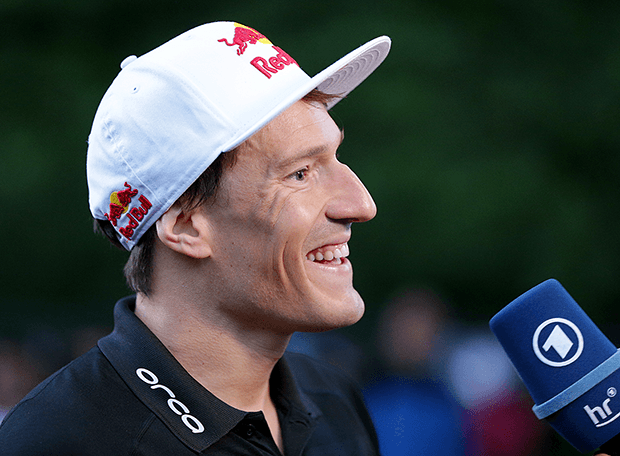
ST: Can I ask about New Balance? Because, I’m typically a HOKA runner, and I like cushion and in particular forefoot cushion. I got myself a pair of New Balance Fresh Foam More, and found it a nice shoe, except it had a bit too much volume in the forefoot for my foot. But that’s just an issue of personal fit. Not enough pro runners and triathletes can explain why they run in the shoe they’re sponsored by and the cynic in me says it’s just the paycheck. Can you place your New Balance partnership into words that mollify my inner cynic? What do you like; what are you running in?
SK: Usually the R&D team does not call the triathletes when it comes to shoe development. I know a lot of athletes, they don’t know a name from anybody in the R&D from their shoe sponsor. New Balance is different, they really want to know. For the last two versions of the 1500 I basically gave them a wish list. It’s also a huge motivation for me to run fast, I see the effort behind some of the projects and I would love to give something back. And I know that there is some very exciting stuff coming in the next time.
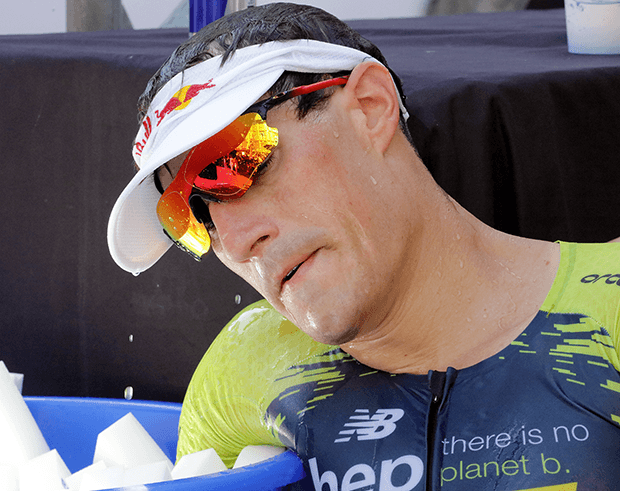
[NOTE: For those as cynical of media as (this) media is of pro athletes’ choices, Slowtwitch does have marketing relationships with Profile Design, Speedplay, Schwalbe, and does not have marketing relationships with SRAM, Zipp, New Balance, HOKA One One, or Syncros.]
[PHOTOS: All photos by Ingo Kutsche.]



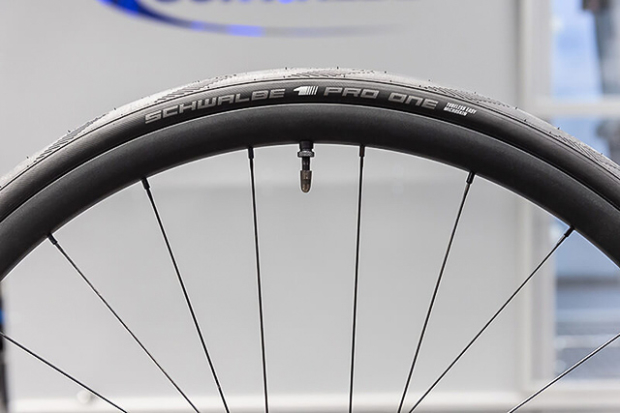
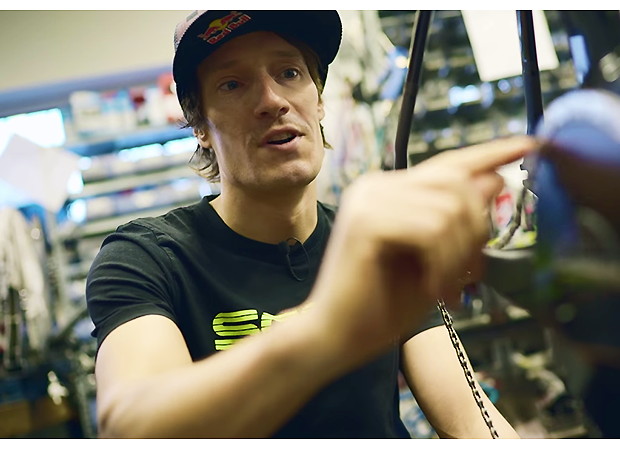
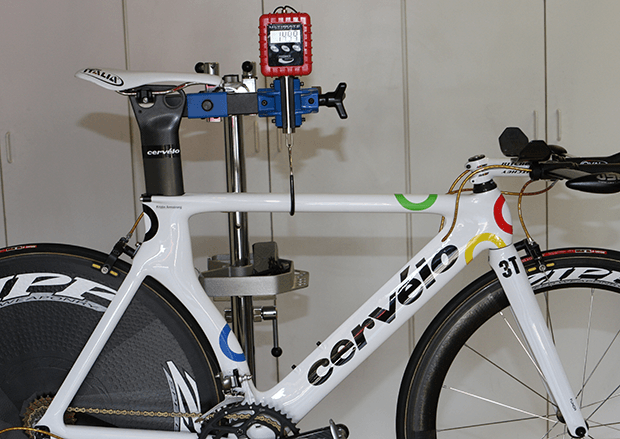

Start the discussion at forum.slowtwitch.com